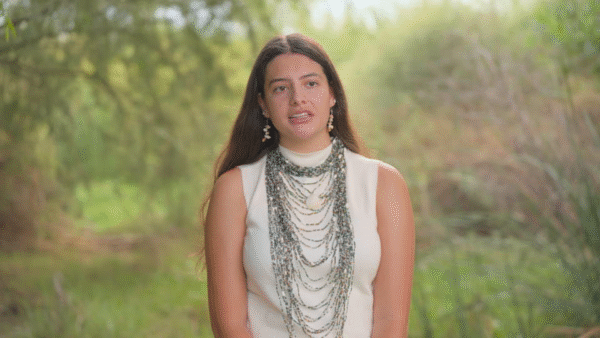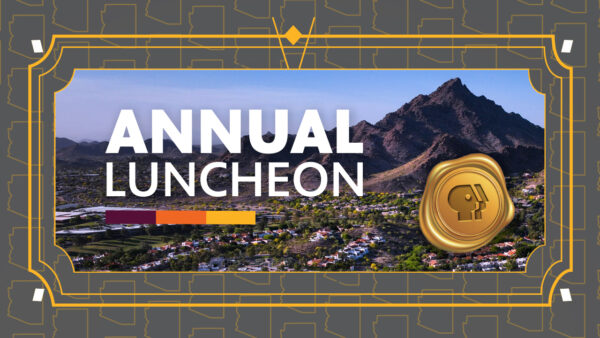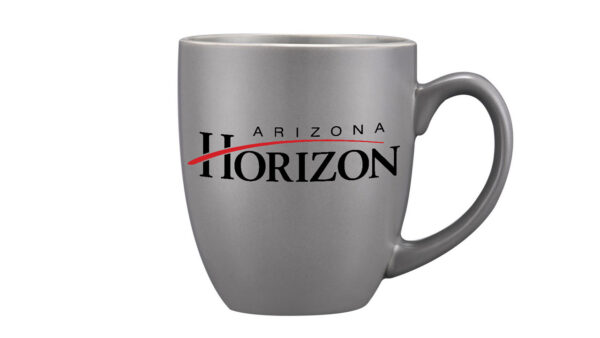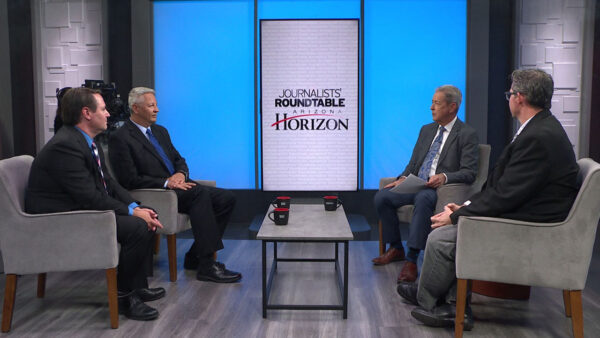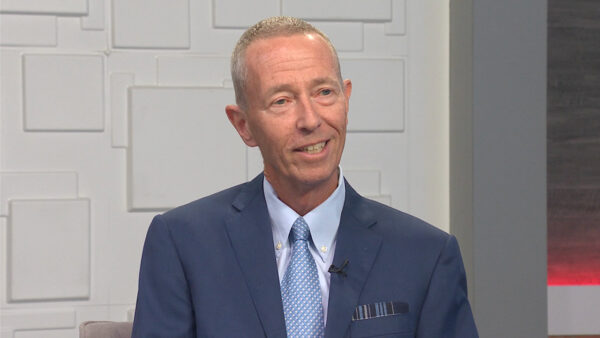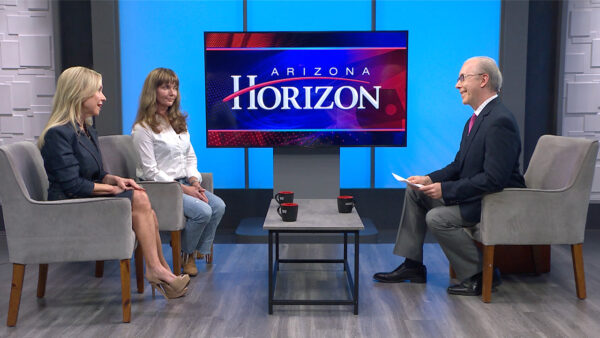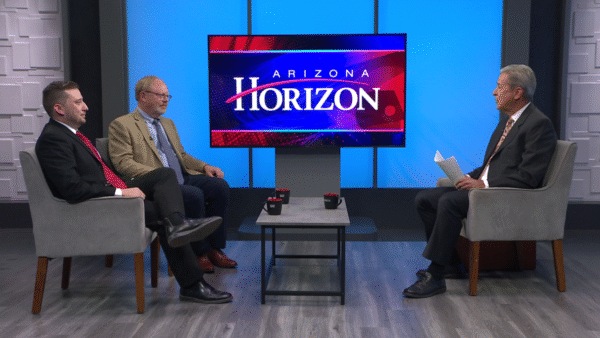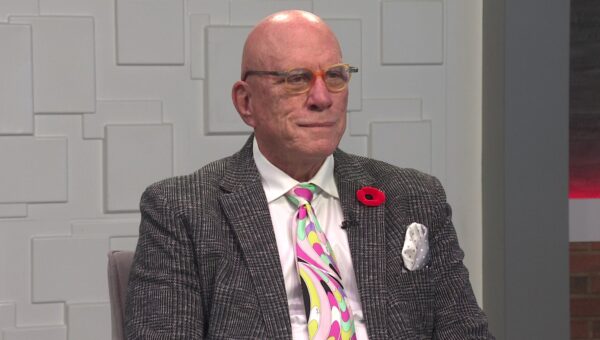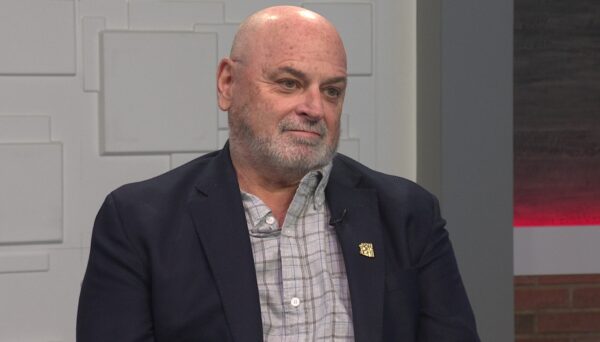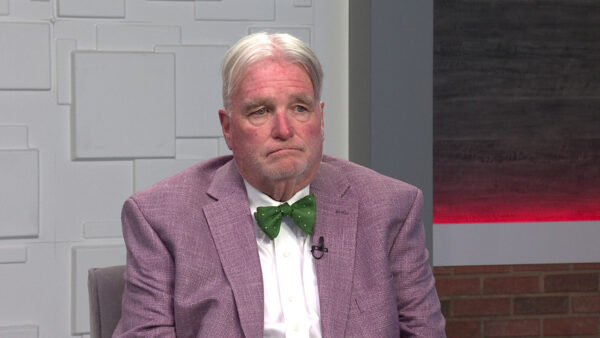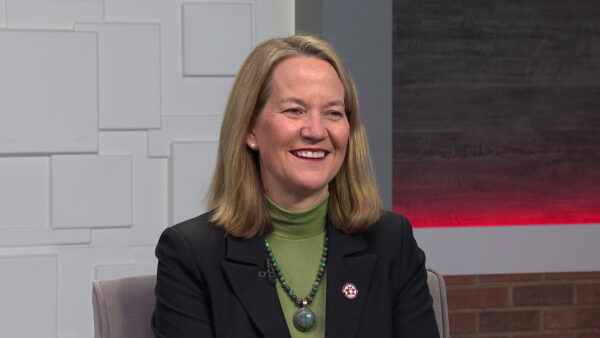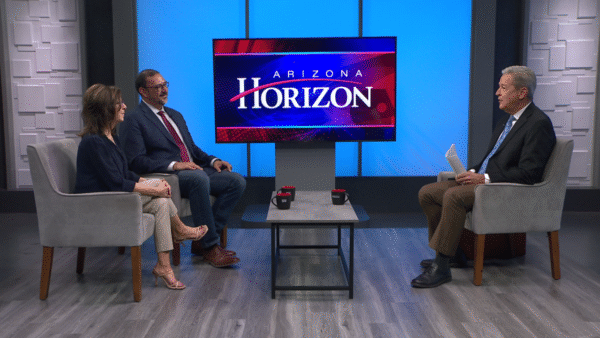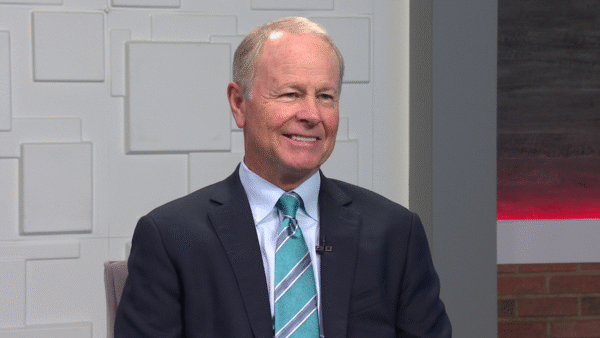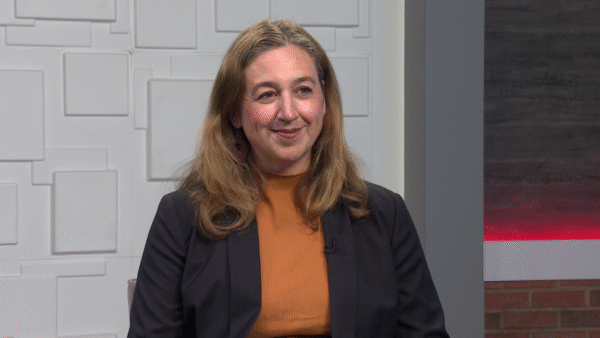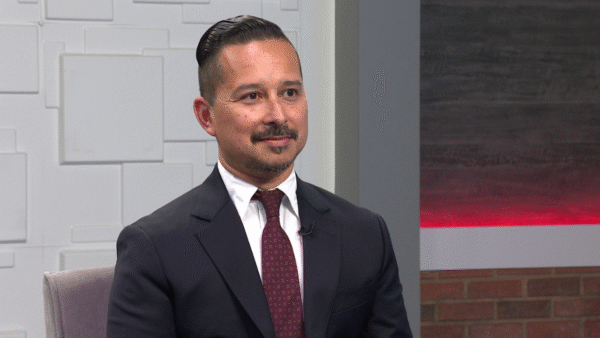ASU’s effort to help create a groundbreaking telescope
Feb. 3, 2021
Catalyst takes us through time and space and introduces us to a new telescope that’s said to be released this year. Even with telescopes, there are a lot of things we cannot photograph in space. There is so much in space waiting to be observed and discovered, and Arizona State University’s School of Earth and Space Exploration gets to have a part in it.
The Herschel Space Observatory was the biggest infrared telescope that was ever launched. It was created by the European space agency. Heschel stopped working after four years. Nasa is looking to create a new telescope that is similar. They call it Origins.
Scientists at Arizona State University have been working and helping to develop technology for the telescope. Philip Mauskopf (Ph.D.) from the School of Earth and Space Exploration talks about what he does in the lap for telescopes. He said they build cameras for telescopes. These cameras can go on mountain tops, rockets, and even in space.
Damon Bradley (Ph.D.) from Nasa Goddard Space Flight Center and Mauskopf work together and talk about the Origins Space Telescope. It is important to make a telescope that can operate at an extremely cold temperature. It does not come down to a bigger or better lens.
Bradley says we are in a race to get this technology up and running with some new technology that has been discovered. It is a Cryogenically Cooled Detector that will make it possible for the Origins to look at “how stars and planets formed our galaxy by looking at the infrared clouds of smoke that surround these objects.” Because of this, they can see where stars are forming and more. The new telescope is set to launch in October.
The telescope will be able to see what space and the universe looked like about a fourth of a billion years after the big bang. It could even possibly be back to 100 million years. The Big Bang is when NASA says the first stars and galaxies started to form.

